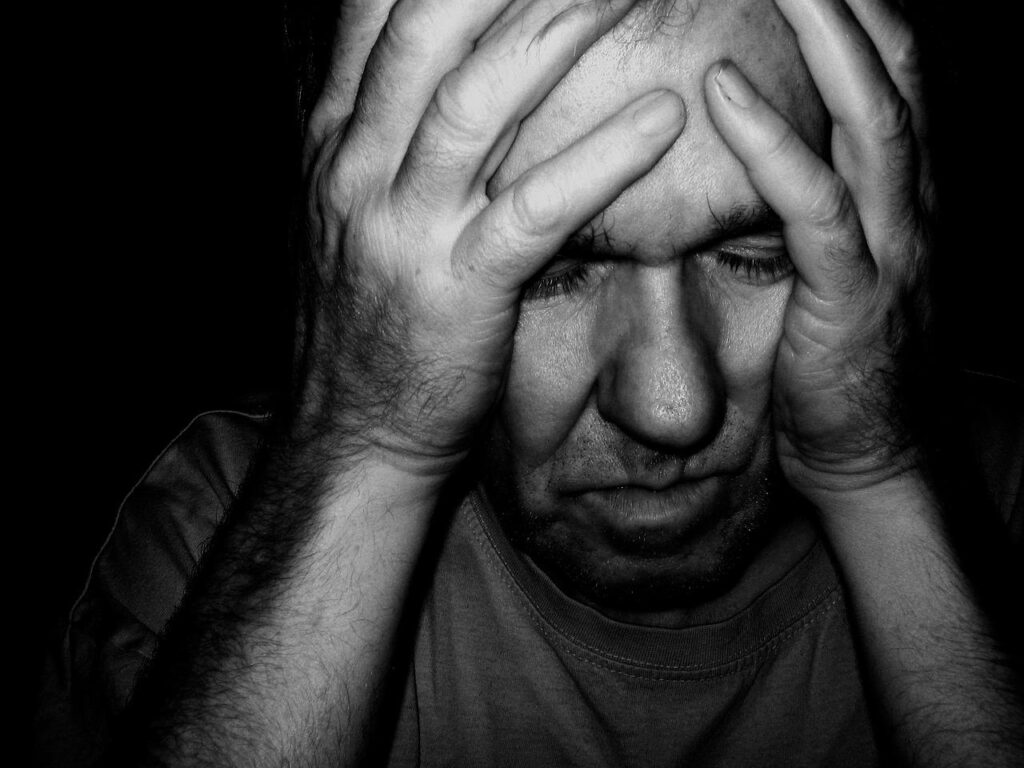When high temperatures arrive, more and more in advance of the summer, we often hear about the need to be careful with heat stroke, but do we know exactly what we are talking about when we refer to this problem? Knowing the symptoms of heat stroke and how to act is key in such a situation.

Heat stroke occurs when our body temperature rises rapidly and for a prolonged period of time. The human body is able to control its temperature and regulate it through sweating, but when we are exposed to extreme heat it can happen that these thermoregulation mechanisms stop working properly so that our body is unable to restore its normal temperature.
Heat stroke can be caused by excessive exposure to environmental heat, staying in places with poor ventilation and excessive temperature, working outdoors or indoors during a heat wave, exercising in the central hours of the day when this meteorological phenomenon occurs. It is very important to recognize which symptoms show us that we are suffering from heat stroke in order to ask for help or take the necessary measures to reverse the situation. Symptoms can range from the most common ones such as dizziness, reddened skin to more serious ones such as fainting, convulsions, loss of consciousness or even coma.
Watch for the following symptoms in yourself or someone else during episodes of extreme heat:
- Headache.
- High fever.
- Intense thirst.
- Hot, dry skin.
- Absence of sweating.
- Shortness of breath.
- Rapid pulse or tachycardia.
- Dizziness and confusion.
- Nausea and vomiting.
- Fainting.
- Convulsions.
- Loss of consciousness.
This situation requires immediate medical attention regardless of the person suffering from heat stroke as it can cause damage to the brain and other vital organs as well as death. Special attention should be paid if the heat stroke is also experienced by elderly people, children, especially infants, or people with chronic diseases.
If we are faced with heat stroke, we must act quickly, call 911 and take measures while medical personnel come, such as removing the affected person from the sun and try to cool him/her to bring his/her body temperature back to a normal 37º.
- Try to get her to drink cool water to rehydrate, but not sugary drinks or drinks with alcohol or caffeine.
- Remove excess clothing.
- A shower with cool but not excessively cold water may be helpful.
- Place a cold water compress or cloth on the forehead or neck.
- Begin cardiopulmonary resuscitation if the person loses consciousness.
Just as important as what to do is what never to do when faced with a person who has heat stroke.
We tend to think that rapidly cooling the body is beneficial, but going to the other extreme can be very dangerous. Sudden contrasts in temperature can be deadly because our body could suffer a thermal shock. If you suffer from heat stroke, never jump into a pool, lake or river at once because the consequences could be fatal.






